How Does a Multi-Head Combination Weigher Work?
May. 13, 2024
How Does a Multi-Head Combination Weigher Work?
An important part of any production line—especially in the food packaging industry—is weighing the product before packaging it. Whether you’re packaging produce, poultry, frozen foods, or other hard-to-handle products, weighing equipment that is fast, accurate, reliable, and space-saving is key.
Want more information on 14 Head Weigher? Feel free to contact us.
Combination Weighers in the Packaging Industry
Combination weighers are standard for a variety of industries that need a weighing machine. Also known as multi-head weighers or radial scales, these machines are easy to operate and make the packaging process more efficient without sacrificing accuracy or speed.
The name for this equipment comes from how a multi-head weigher calculates combinations—in other words, the machine uses a combination of weigh buckets filled from several head configurations to meet the product’s weight requirements.
These weighers are intended for products that require efficient and highly accurate weight measurements.
How Multi-Head Weighers Work
Multi-head combination weighers calculate and measure bulk products into smaller increments before packaging to ensure each container meets a targeted weight.
Stage 1: Product Is Fed into the Multi-Head Weigher
First, bulk product is fed into the combination weigher. Each head configuration has its own dedicated load scale, so the process starts when the product is funneled through the top of the machine and then into the center of each load scale.
Stage 2: Product Is Transported to Feed Pans
The load scales dispense the product into a series of feed pans. These scales control the flow of the product so that the feed pans are not overwhelmed.
Stage 3: Feed Pans Move Product to Weigh Buckets
The feed pans vibrate, which gently moves the product from the center of the machine toward the weigh buckets around the edge of the scale. The intensity of this vibration can be increased or decreased as needed—sticky products may require stronger vibrations to get the product moving, while free-flowing products need a minimal amount of vibration.
After the feed pans distribute the product into the weigh buckets, they stop vibrating and wait until there are empty weigh buckets to fill (see Stage 7).
Stage 4: Machine Weighs and Measures Product
Each weigh bucket has its own load scale that is constantly weighing the amount of product fed into the bucket. These scales take precise measurements at an extremely high accuracy rate.
Additional reading:Differences Between Thrust Spherical Roller Bearings and Other Bearing Types
What are 5 operations that can be performed on a CNC lathe?
EPE Foam Sheet Extrusion Machine: Advancements in Foam Packaging Production
How to guide clients to choose their excavator quick coupler?
Synchronous vs. Asynchronous Motors: Which Is Best for Your Application?
Chilled Water Systems for Data Centers: Ensuring 24/7 Reliability
Welding Positioners vs. Welding Turntables: Which Is Right for You?
Contact us to discuss your requirements of Noodle Product Multihead Weigher. Our experienced sales team can help you identify the options that best suit your needs.
Stage 5: Machine Selects a Combination of Weigh Buckets
Once the amount of product in each weigh bucket has been measured, the machine calculates the best combination of buckets to reach the targeted weight.
Stage 6: Selected Weigh Buckets Empty Product into Packaging Machine
The selected weigh buckets simultaneously dispense the precisely measured product into the whatever packaging system is in place—whether that is an automated packaging machine or a person manually packaging the product.
Stage 7: Feed Pans Fill Empty Weigh Buckets
The feed pans automatically open and fill the empty weigh buckets (see Stage 3), and then the cycle continues.
How a Combination Weigher Can Benefit Your Production Line
Multi-head combination weighers provide two critically important benefits to packaging production lines: speed and accuracy.
Speed
Standard combination weighers have between 10 and 24 heads. Since each of the heads on the machine are constantly replenishing and measuring the bulk product fed into the multi-head weigher, the machine moves much faster than a production line relying on a manual scale.
Adding additional head configurations means the machine has more options to create combinations that equal the targeted product weight, leading to an even faster system.
Accuracy
The load cells of combination weighers are extremely accurate, down to fractions of a gram. Unlike linear scales that may encounter issues with weighing clumps, multi-head weighers calculate portions of the product, making the weight measurements more accurate.
Buy and Sell Used Combination Weighers at HP Packaging
At HP Packaging, we buy and sell used packaging machinery and equipment for a wide variety of industries and production lines. Our top-notch used packaging products have been repaired, refurbished, or reconditioned by the highly trained experts on our team and are ready to improve the efficiency of your production line.
As a leader in the used packaging equipment industry, we are proud to offer used combination weighers in a variety of styles. Whether you want to replace a multi-head weigher on your production line or expand your current capabilities, HP Packaging can help you find the best used combination weigher for your business.
View our used packaging products or contact us today to learn more about your options for buying used packaging equipment.
Are you interested in learning more about Linear Weigher Supplier? Contact us today to secure an expert consultation!
What is a Roll Wrapping Machine used for?
How Does a Sleeve Shrink Wrapping Machine Work?
What does a palletizer do?
Behind the Scenes of Multihead Weighers: How Do They Ensure Accurate Portioning?
The Most Popular Vending Machine Trends: What's Urgently Changing the Game in 2023?
Common Problems and Troubleshooting for Dual Action Hydraulic Cylinders
How The Glove Counting Machine Works
70
0
0
Previous: What equipment is needed for packaging?
Related Articles


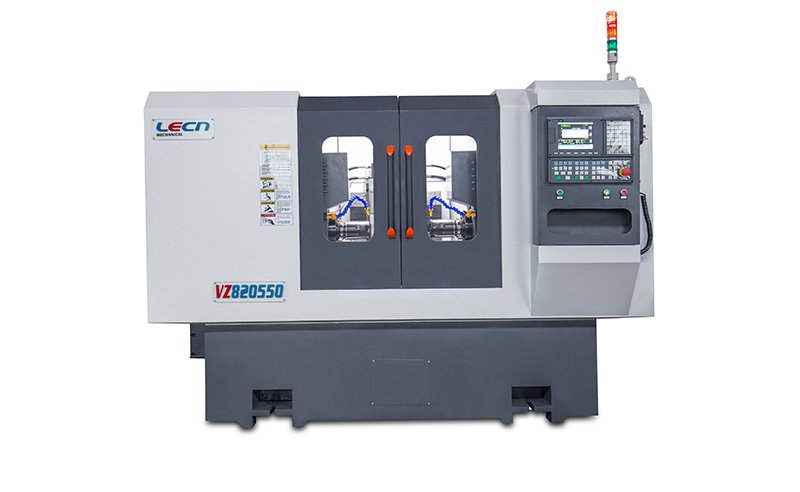
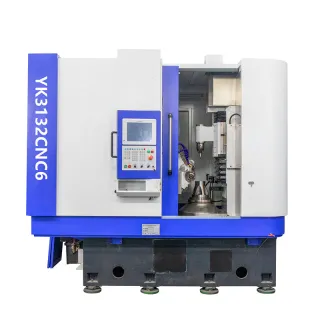
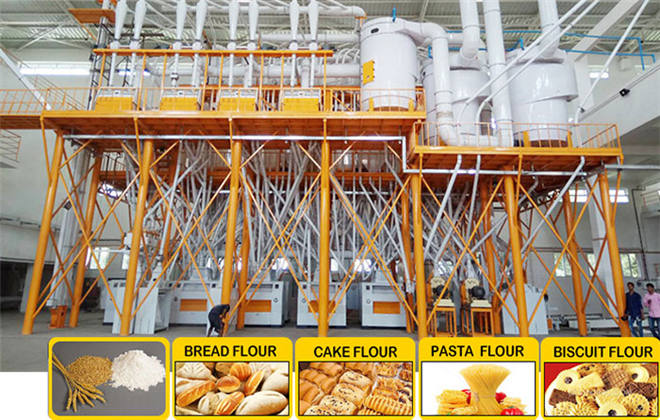
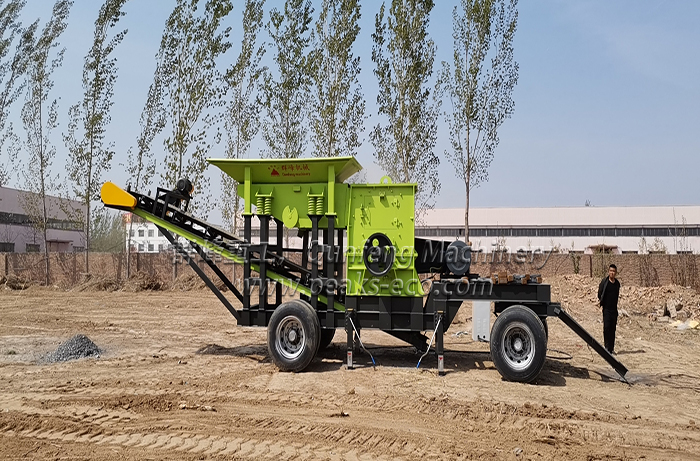
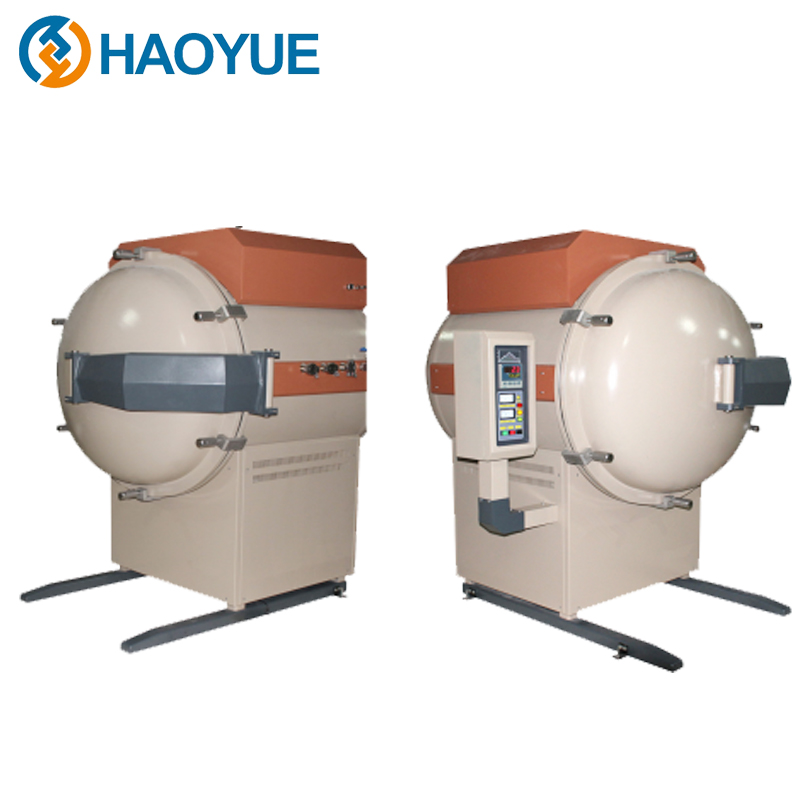
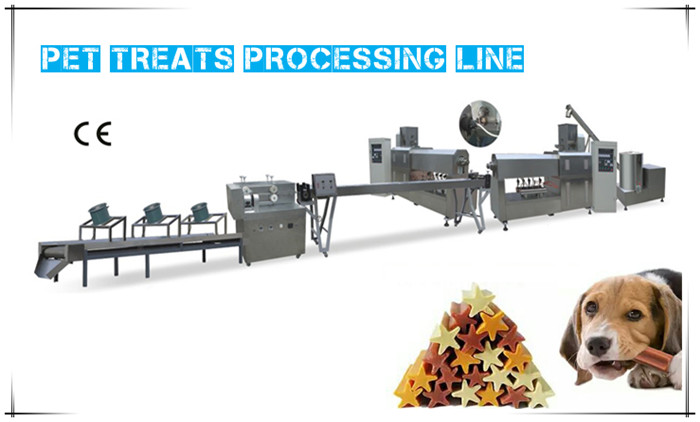
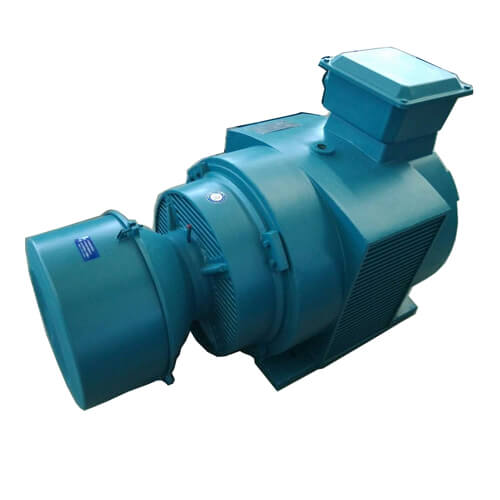

Comments
All Comments (0)